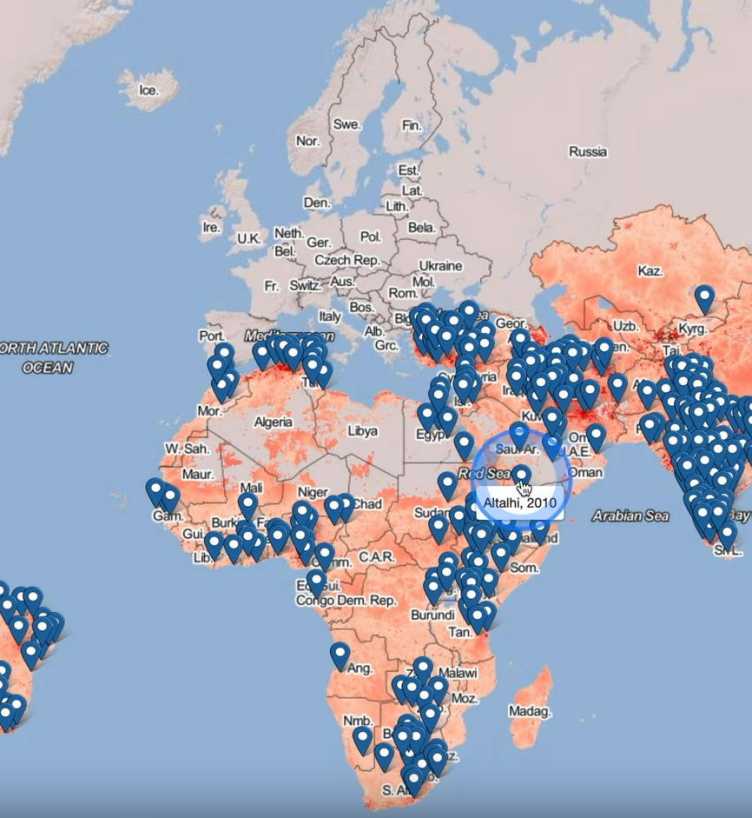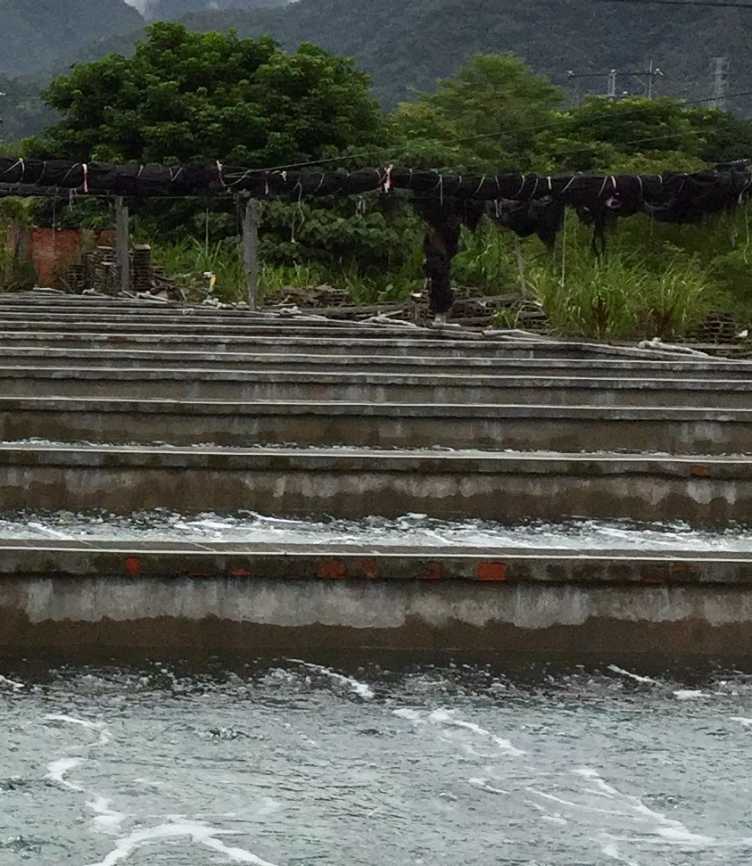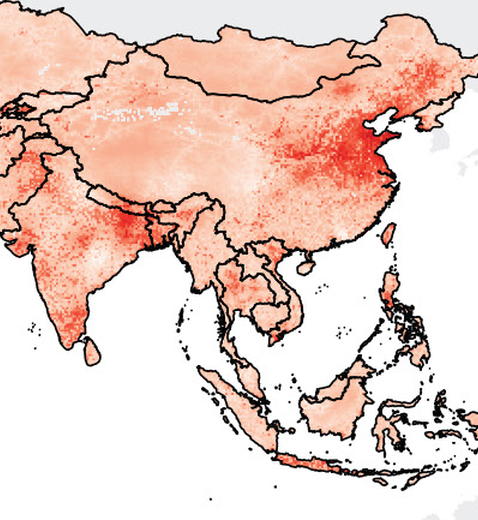Research
RESISTANCEBANK.ORG

Is the largest open-access online repository for animal point prevalence surveys on antimicrobial resistance. See our external page video to share your survey with the community.
Geography of resistance genes in food pathogens

We use publicly available genomic data to understand the spread of AMR genes in E.coli and Salmonella. Our objective is to identify associations between phenotypic resistance and resistance genes as well as the socio-economic drivers of their dissemination around the world.
Antimicrobial use in aquaculture

Aquaculture is expected to surpass capture fisheries in the next 5 year. This has potentially important implication for the development of antimicrobial resistance. To anticipate this shift, and estimate the contribution of fish to the overall resistance problem we are currently reviewing the global trends in antimicrobial use in aquaculture.
Antimicrobial resistance in pig production in Thailand

We study the spatial relationships between antimicrobial resistance and antibiotic use in animals using data from field surveys in Khon Kaen Province. In collaboration with Uppsala Agricultural University (SLU), we investigate how knowledge and attitudes of small and large-scale farmers influences the risk of colonization by antimicrobial-resistant bacteria. This project is funded by the JPI-AMR
For further information visit the group's external page external web site.
